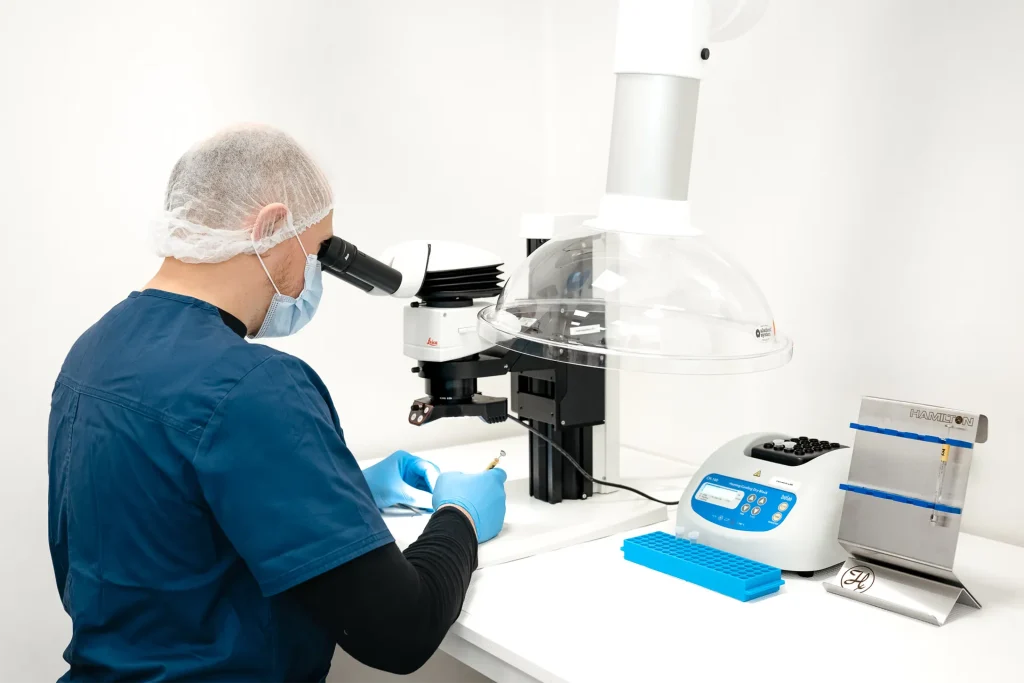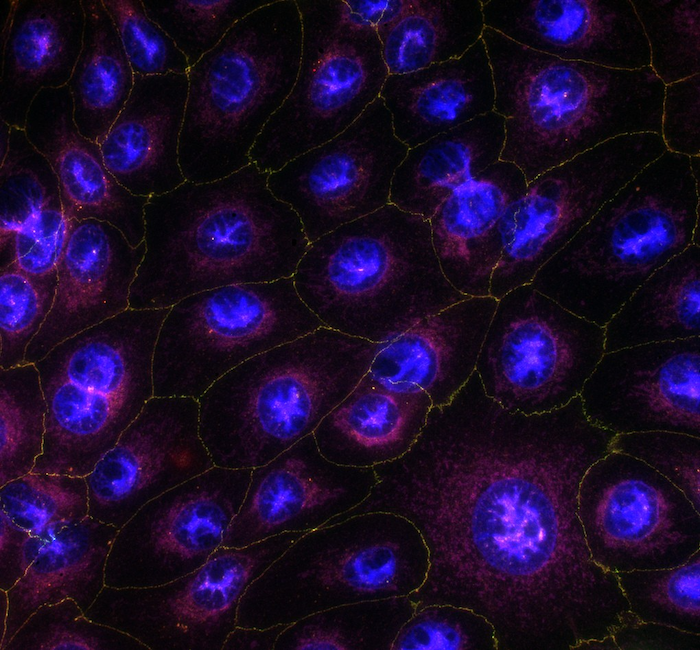Our expertise
Western Blotting
Western blot (WB) is a widely used technique for analyzing protein expression and post-translational modifications in ocular tissues, providing crucial insights into the molecular mechanisms underlying eye diseases.
This method allows researchers to quantify specific proteins in complex biological samples, such as the retina, cornea, optic nerve, and aqueous or vitreous humor. The process begins with protein extraction, followed by SDS-PAGE, where proteins are separated based on molecular weight and then transferred onto a membrane for immunodetection using specific primary and fluorescently labeled or enzyme-conjugated secondary antibodies. WB is particularly valuable in ocular research for studying key signaling pathways involved in neurodegeneration, inflammation, oxidative stress, and angiogenesis—pathological processes associated with conditions such as glaucoma, diabetic retinopathy, age-related macular degeneration (AMD), and corneal dystrophies. Advances in fluorescence-based WB have further improved sensitivity, enabling multiplex detection of multiple proteins in a single sample while maintaining high specificity. This is especially useful in ocular studies where sample availability is often limited.
Experimentica offers a full suite of WB services for the analysis of protein expression in ocular tissues, starting with optimized protein extraction protocols tailored for challenging ocular samples. We utilize an advanced fluorescence-based WB method, which offers superior sensitivity, a wider dynamic range, and the ability to simultaneously detect multiple target proteins in the same sample. This method replaces traditional chemiluminescent detection with fluorescently labeled secondary antibodies, enabling more precise quantification and reducing background noise. The fluorescence-based approach ensures highly reproducible and accurate results, making it ideal for studying subtle protein expression changes in ocular diseases. In addition to standard WB services, Experimentica provides custom assay development to meet specific research needs. This includes optimization of antibody selection, fluorescence signal enhancement strategies, and quantitative WB techniques using advanced imaging systems.
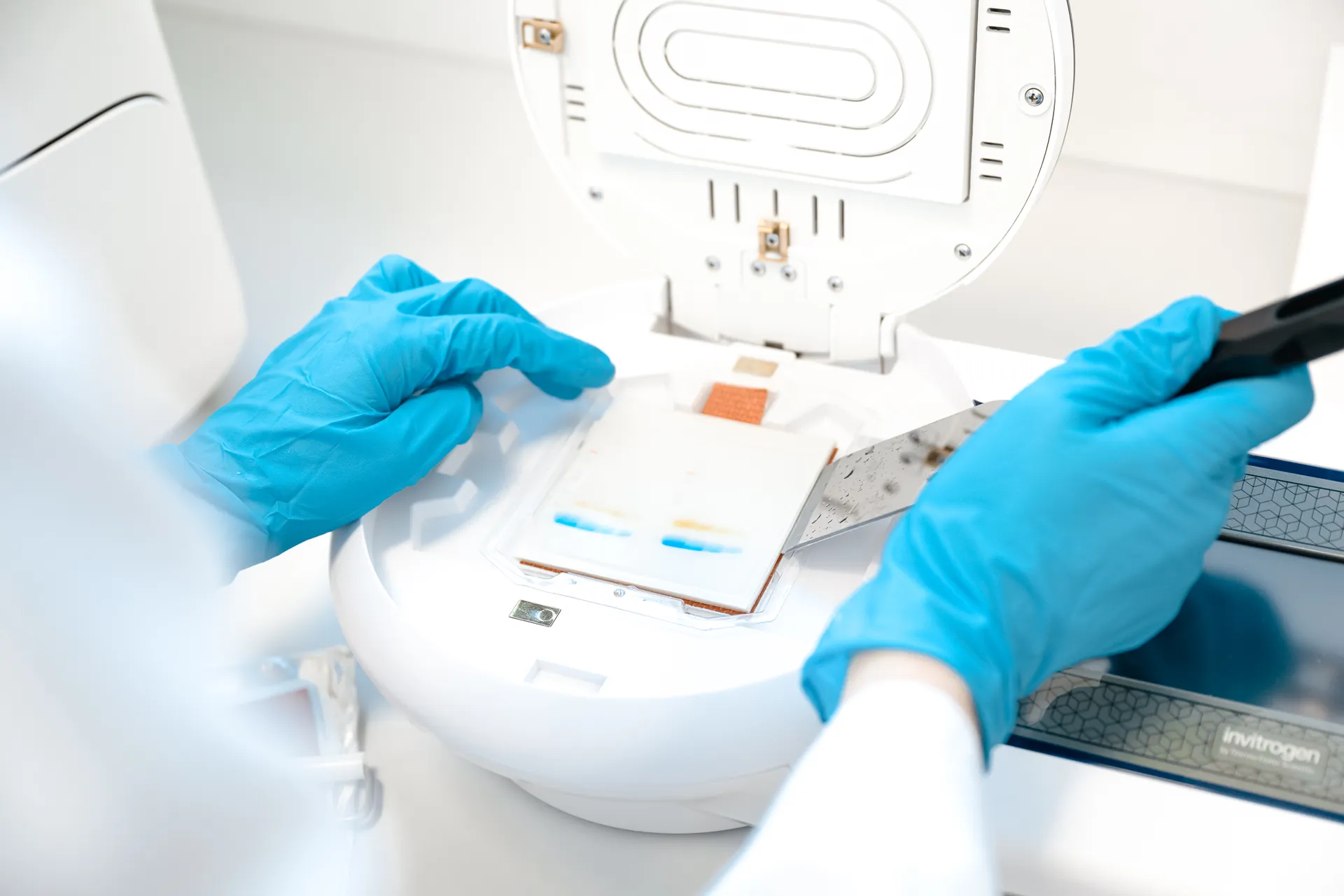
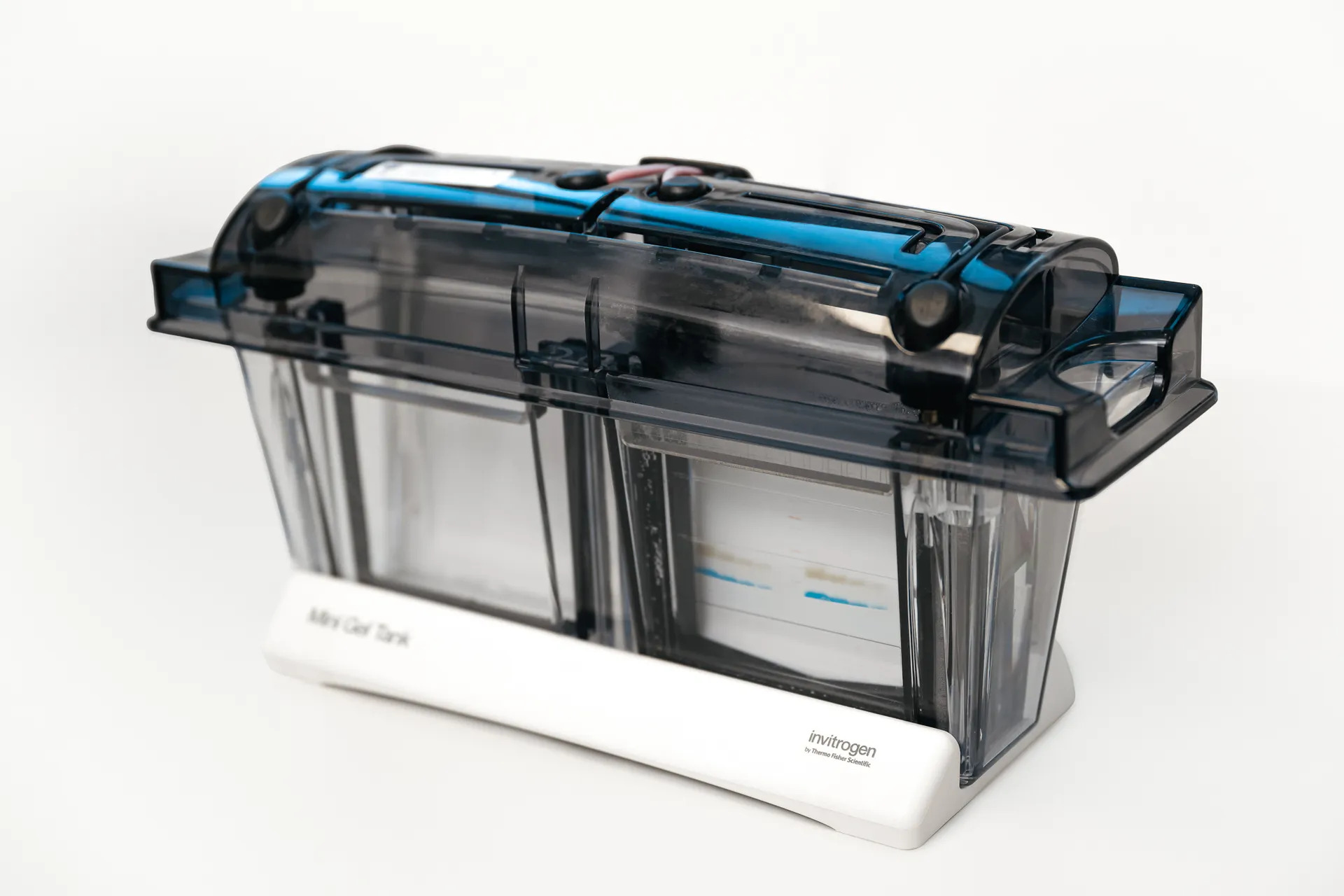
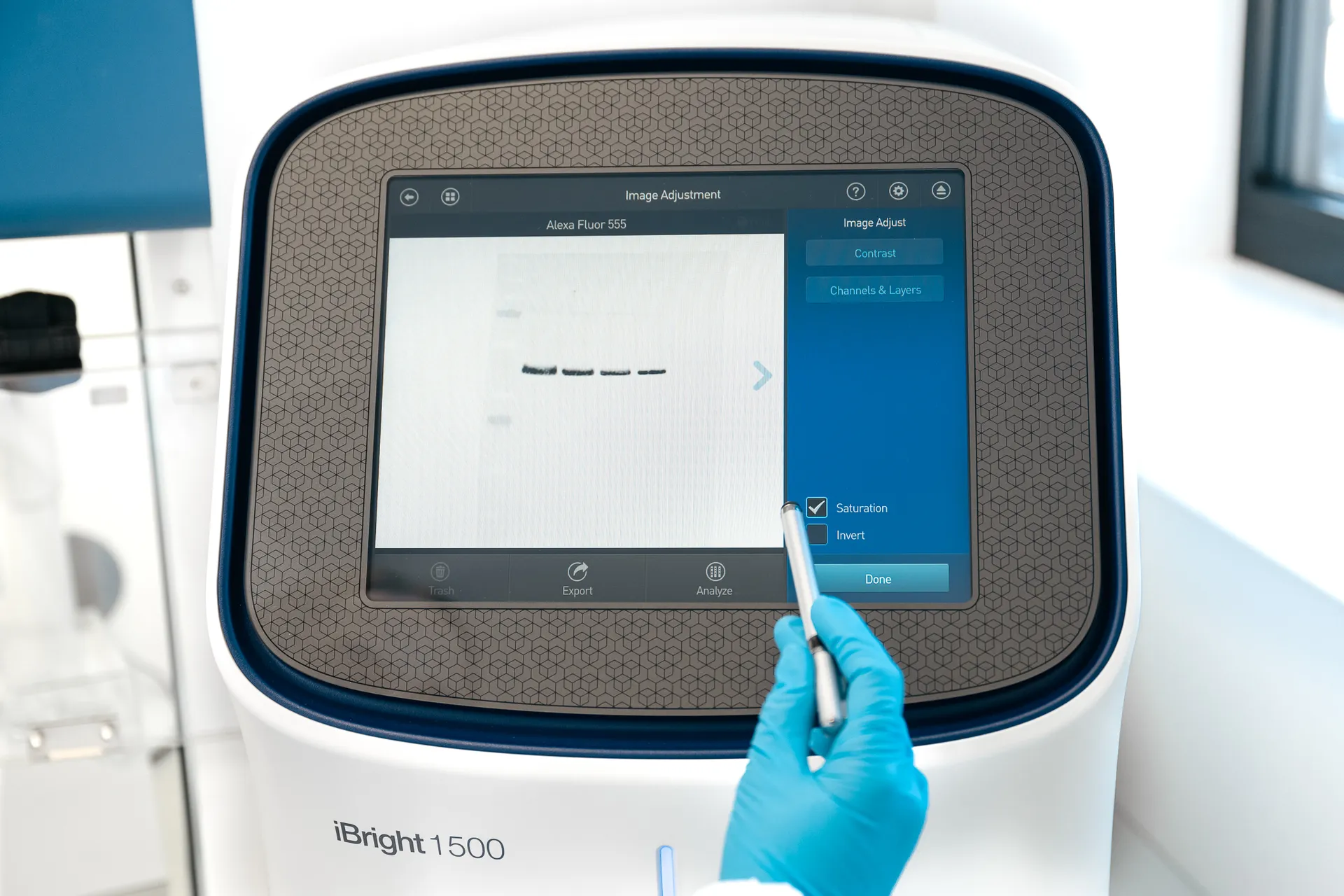
We are here to help
Whether you have a question about our preclinical models, capabilities, pricing or anything else, our team is ready to answer all your inquiries.
Related services
Laser-Induced Choroidal Neovascularization
Laser-induced CNV model mimics exudative AMD and supports evaluation of anti-angiogenic and anti-fibrotic therapies.
Learn moreDL-AAA–Induced Retinal Neovascularization and Chronic Leakage
DL-AAA-induced rabbit model enables long-term evaluation of retinal neovascularization and leakage with in vivo imaging and response to anti-VEGF therapy.
Learn moreRetinitis Pigmentosa
Retinitis pigmentosa studies at Experimentica combines genetic models with in vivo imaging and molecular analysis tools.
Learn moreCheck out our latest news and activities
All News


